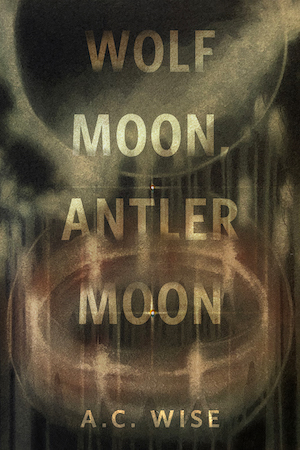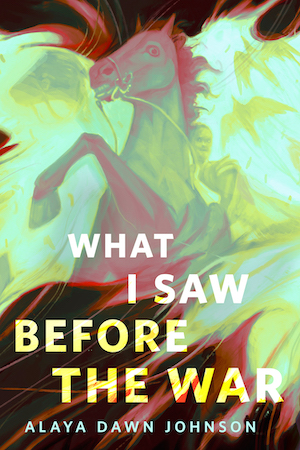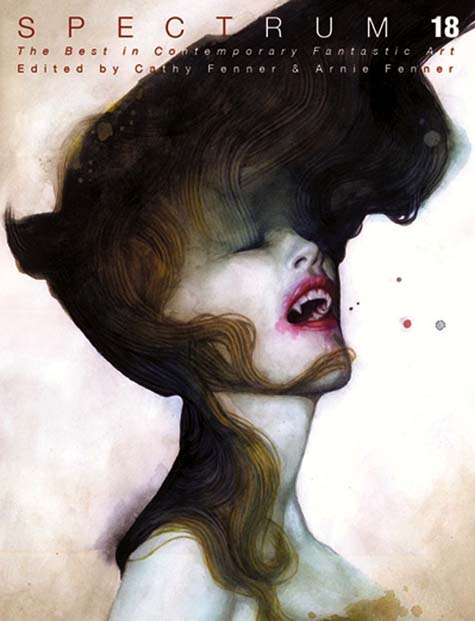The world appears to be full of skilled artists working with fantastic images. As proof, I can point to the latest, slightly thicker edition of Spectrum 18.
I was one of seven judges this year, which I consider an honored privilege. Getting a glimpse of the state of the genre’s art at large is daunting: five thousand entries displayed in a room full of tables.
The process runs like this. Each judge carries a cup full of beans, ordinary ol’ navy beans. As the juror passes down the aisles of tables, scrutinizing each and every entry, she places a bean into the cup next to the entry she likes. One bean is a yes vote. The juror can’t see who’s voted and who hasn’t because the cup is inverted, with a small hole in top to pass the bean vote through.
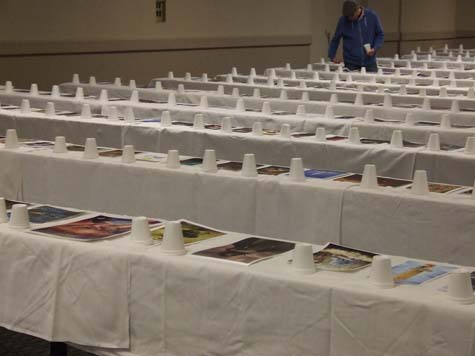
There’s also a special vote that each judge can use. If the judge sees a piece that she particularly finds appealing or special, she also places a paperclip into that entry’s cup. Picking medal winners is a long, much discussed and deliberated endeavor, where all of the paper-clipped votes are collated and laid out for the judges to re-evaluate.
We were all in agreement that we should be liberal with our votes this year, and liberal with placing paperclips. The system works better with more yeas than nays. Personally, I’ve figured out over the years that while judging, if I stop to study a piece, and my head ponders long enough to be confused or immediately undecided, then that piece should most likely be voted for inclusion. Voting against most pieces not only makes for very awkward medal decisions, but also a very uninteresting show. Mostly because the range of work gets cut to a minimum, and a broad-ranged show is more appealing.
What we are not doing is looking to change the face of the genre, or looking for the next amazing “talent,” or looking to “shake up” the art world. We are looking for good, solid, professional work that stimulates, excites, and inspires. Jurors do not control how the art is perceived, they merely react to the quality presented to them. In this way, the artists change the direction of the field.
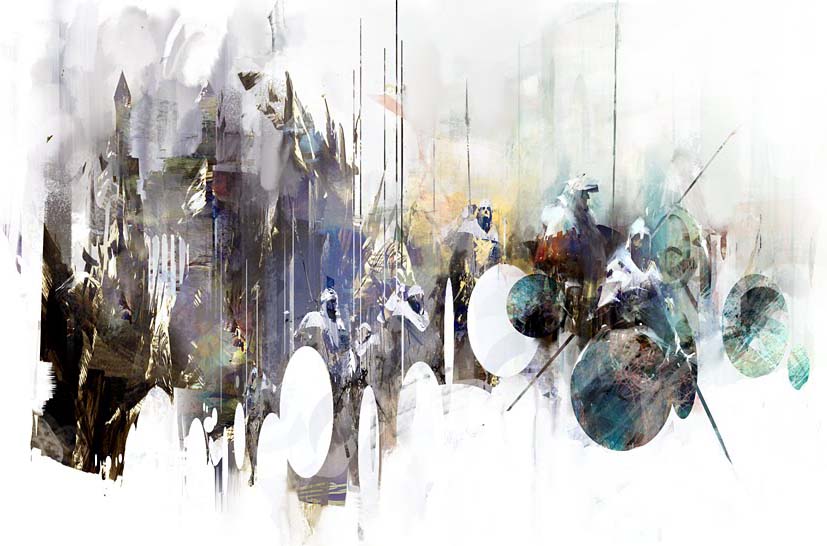
Coming away from the long day of judging and debate this year, I had a sense of what the annual might look like, and I felt like it would be a great volume. Having just seen the soon-to-be released edition, I was fascinated how much more elaborate, much more thorough, and much more varied the final book actually is.
The year’s most comprehensive annual, Spectrum has always showcased the phenomenal work being done in areas like sculpture, comics, and conceptual art for film and gaming. Some highlights for me ran the gamut. Many of the field’s most recognizable names brought in powerful examples by Boris and Julie, Donato, Lockwood, Dos Santos, and Whelan. From Rebecca Guay’s beautiful watercolored, medal-winning page to Michael Defeo’s maquette for Ice Age 3 and Akihito’s “Wind Messenger” to digital work from Richard Anderson, Doug Gregory, Jieme, and Antonio Caparo.
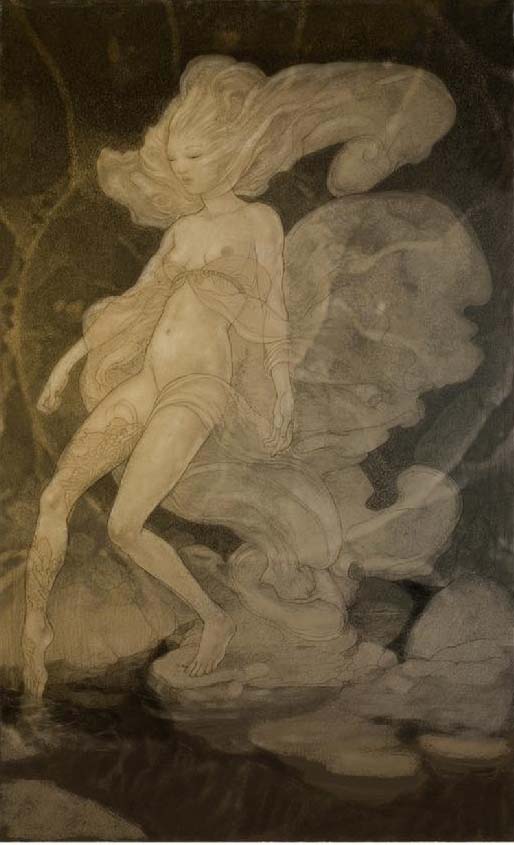
So-called traditional painters knocked me out as usual, proving there’s no arguing with the power of the brush, from Steve Belledin’s “Surrender,” Eric Velhagen’s “Alien Invader,” and Lars Grant-West’s “Autumn Dragon,” to Eric Fortune, Jeremy Enecio, and Scott Gustafson.
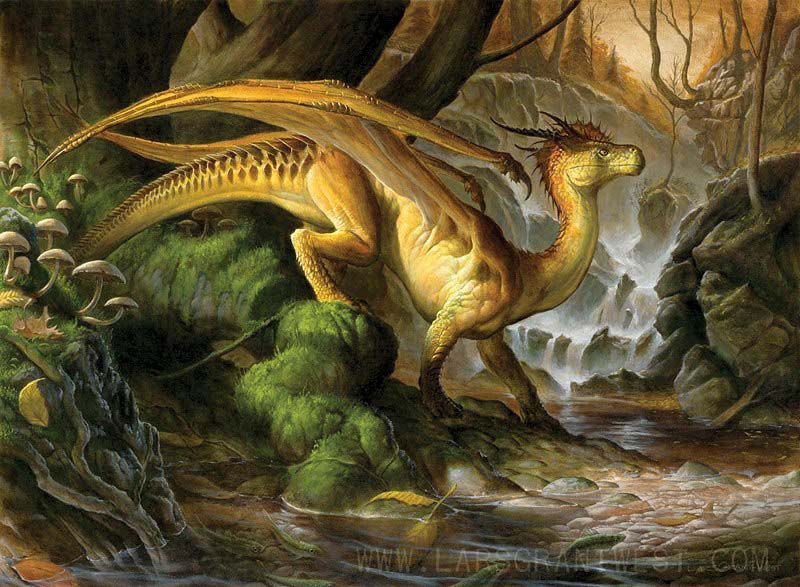
Many young newcomers made it in as well: Corinne Reid, Kristina Carroll, and Nicholas McNally.
I was also astonished at how broad the genre’s appeal has touched the hearts and souls of artists from all countries as so many more non-US artists contributed entries this year. The Spectrum annual truly has become a global presentation.
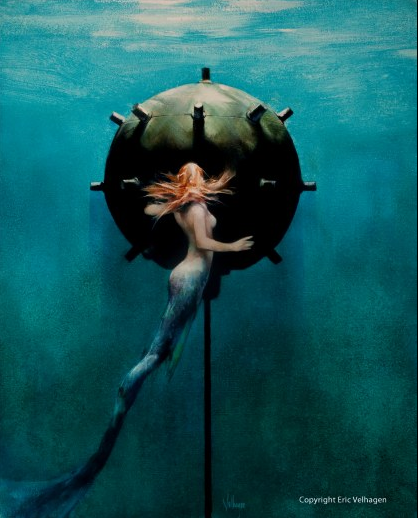
Starting with a striking cover, the quality has taken another fine step upward, making it once again the finest collection of the year’s most fantastic science fiction and fantasy art.
Greg Manchess is an artist and writer working in New York and Portland.




